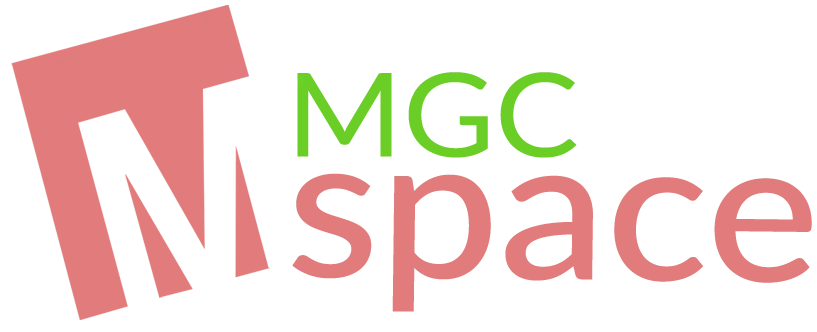WordPress is one of the most popular and widely used content management systems in the world. People use it multiple purpose from personal blog to eCommerce website. It uses Plugins and Themes to make it even more versatile. Being very popular also attracts a lot of hackers who try to exploit its vulnerabilities and compromise its security.
There are various sophisticated methods are used by WordPress hackers but in simple layman words, they find a way to access your website site using outdated or vulnerable code, it could your theme, plugin or may be security flaw found in WordPress core. Then they upload files and modify code so that they can use your site without restrictions. Sometimes they also use your hacked website to hack other websites.
However, it doesn’t mean WordPress is insecure, all it means that you should follow certain rules to prevent your website from being hacked. We have discussed some of the most common reasons below :
Use of outdated plugins and WordPress core
One of the main reasons why WordPress gets hacked a lot is because many users do not update their WordPress core, plugins and themes regularly. WordPress developers are constantly working on fixing bugs and improving the performance and security of their software. However, if you do not apply these updates, you are leaving your site vulnerable to hackers who can exploit the known flaws and gain access to your site.
Using untrusted sources for themes and plugins
Another reason why WordPress gets hacked a lot is because many users install cracked plugins and themes from untrusted sources. These plugins and themes may contain malicious code that can infect your site with malware, redirect your traffic, steal your data or even take over your site completely. You should always download plugins and themes from reputable sources, such as the official WordPress repository or trusted marketplaces.
Using too many and unwanted plugins
You should also avoid using too many plugins and themes, as they can slow down your site and increase the risk of conflicts and compatibility issues. Further if you have too many plugins, it also increases chances of vulnerable and insecure code used in any of those plugins. Another best practice is to always delete plugins those you are not using.
Hide / change WordPress login url
Other than exploiting vulnerabilities in code, attackers brute force your administrative logins. They automatically sends thousands of request to your WP installation to guess the weak passwords. Hence to protect your website from brute force attacks, consider changing the login page’s URL.
Since all WordPress websites have the same default login URL – yourdomain.com/wp-admin. Using the default login URL makes it easy for hackers to target your login page. There are plugins Change wp-admin Login enable custom login URL settings. They are easy to install and easy to configure but they helps to enhance your WordPress security.
Restrict number of login attempts allowed
By default, WordPress allows its users to make an unlimited number of login attempts on the site. However, this poses a vulnerability where hackers can brute force their way to your WordPress admin area by using various password combinations until they find the right one. To prevent such attacks on your website, it is recommended to limit login attempts. Limiting failed attempts also helps monitor any suspicious activities on your site.
In WordPress, you can use again use various plugins to limit login attempts, however, remember, always download them from official WordPress repository.
Hence, to summarize, you should follow some best practices that can enhance the security and performance of your site. Here are some of them:
- Keep your WordPress core, plugins and themes updated to the latest version. You can enable automatic updates or use a plugin like Easy Updates Manager to manage them.
- Use a strong and unique password for your WordPress admin account and change it regularly. You can also use a plugin like Limit Login Attempts Reloaded to prevent brute force attack as well as hide login url from by changing it.
- Install a security plugin like Wordfence or Sucuri to scan your site for malware, block malicious requests, firewall your site and monitor your site activity.
- Use a reliable web hosting services like MGCSpace Web Hosting that offers security features like SSL certificates, backups, malware removal and firewall protection.
- Backup your site regularly and store the backups in a safe location. You can use a plugin like UpdraftPlus or BackupBuddy to automate this process.
- Use a CDN (content delivery network) like Cloudflare or Jetpack to speed up your site, reduce server load and protect your site from DDoS attacks.
- Use HTTPS (secure hypertext transfer protocol) to encrypt the data between your site and your visitors. You can get a free SSL certificate from Let’s Encrypt or use a plugin like Really Simple SSL to enable it on your site.
Other than above practices, there are many more things you can implement to enhance your WordPress website security. However, by following these best practices, you can reduce the chances of WordPress getting hacked and improve the security and performance of your site. Remember, prevention is better than cure, so always keep your site updated, secure and backed up.


